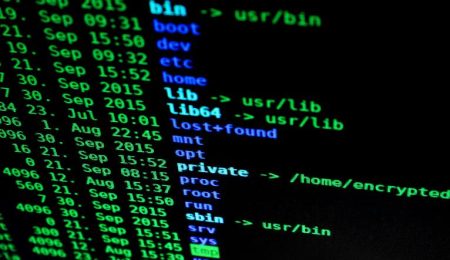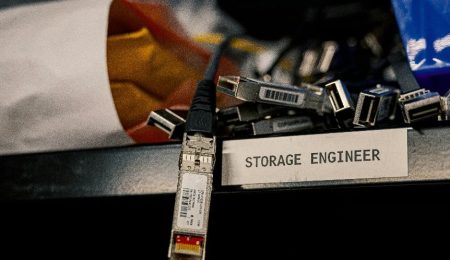- July 16, 2024
- Travel Jiffy
- Cybersecurity
Table of Contents
ToggleWhen it comes to the importance of training for SOC 2 compliance, consider the following:
- Continuous Compliance: Regular training sessions help employees stay up-to-date with security standards, enhancing the organization's ability to maintain ongoing compliance with SOC 2 requirements.
- Policy Awareness: Educating employees on policies and procedures guarantees they understand their roles in security maintenance, fostering a proactive approach to compliance and risk management.
- Aligning with Practices: Employee education plays a vital role in aligning with security standards and practices necessary for achieving SOC 2 certification, setting the foundation for a robust security framework within the organization.
Policy Awareness
Education and training sessions for staff regarding policies and procedures are crucial elements in ensuring organizational compliance with SOC 2 requirements. Employee training plays a vital role in maintaining policy awareness and aligning practices with security maintenance standards.
By conducting regular training sessions, employees gain a deeper understanding of their roles in security and contribute significantly to compliance success. Educating employees about SOC 2 requirements not only helps in upholding security standards but also fosters a culture of awareness and responsibility within the organization.
Ensuring policy awareness through training sessions is key to meeting SOC 2 criteria and overall compliance success. By investing in employee education and training, organizations set themselves up for success in obtaining and maintaining SOC 2 certification.
Role Understanding
Staff members' comprehension of their roles in security maintenance is essential to achieving SOC 2 compliance standards. To guarantee employees are well-equipped for this task, consider the following:
- Regular Training Sessions: Conduct frequent training sessions to educate employees on security policies and procedures. This helps in reinforcing their understanding of the significance of maintaining a secure environment.
- Understanding Individual Roles: Clearly define and communicate each employee's role in security maintenance. When individuals grasp their responsibilities, they can contribute effectively to preventing security incidents.
- Continuous Training and Awareness Programs: Implement ongoing training programs and awareness initiatives to uphold information security practices. By keeping employees informed and engaged, you establish a culture of security consciousness that is crucial for SOC 2 compliance success.
Policies and Procedures Review
Ensuring the alignment of policies and procedures with SOC 2 requirements is a crucial step in preparing for a successful audit. Accuracy and relevance play a key role in this process, especially when it comes to information security and incident management.
Regular updates to policies and procedures are essential to reflect accurate controls and practices, ensuring that your organization remains compliant with SOC 2 requirements.
Conducting a thorough review of your policies and procedures is crucial for maintaining compliance and preparing for a successful SOC 2 audit. This review should encompass all aspects related to information security and incident management, guaranteeing that your controls are up to date and in line with industry standards.
Internal Audits Conducting
How can organizations effectively evaluate control effectiveness and identify areas for enhancement in preparation for the external SOC 2 audit process?
Conducting internal audits is vital to this process. Here are three essential steps to guarantee a successful internal audit:
- Assess Control Effectiveness:
Internal audits help in evaluating whether the controls in place are functioning as intended. By appraising control efficiency, organizations can pinpoint areas that may need strengthening to meet the security standards required for SOC 2 compliance.
- Identify Gaps for Enhancement:
These audits act as a rehearsal for the external SOC 2 audit, allowing organizations to pinpoint gaps or deficiencies in their current processes. By recognizing these areas for improvement early on, companies can make necessary adjustments to ensure they are in line with the specific requirements of the audit.
- Ensure Compliance and Security:
Conducting internal audits is essential for ensuring compliance with SOC 2 standards and maintaining robust security measures. By proactively conducting these audits, organizations can strengthen their overall security posture and be better prepared for the external audit process.
Auditor Selection and Engagement
Selecting a qualified auditor with industry expertise is a key step towards guaranteeing successful SOC 2 compliance for organizations. When it comes to the SOC 2 Audit, having an auditor who understands your industry's unique challenges and compliance requirements can make a significant difference.
Collaboration among different teams within your company is essential when evaluating and choosing an auditor. Direct engagement with the audit team allows for a better understanding of their operations and ensures alignment with compliance standards.
Tools like OneTrust can streamline the process of compliance and aid in selecting the right auditor for your SOC 2 certification. Remember, auditors are not just there to check boxes; they provide valuable insights and guidance throughout the audit process. Their role is instrumental in helping your organization meet SOC 2 compliance effectively.
Frequently Asked Questions
How Do You Get SOC 2 Certification?
How to Obtain SOC 2 Certification?




Leave a Reply